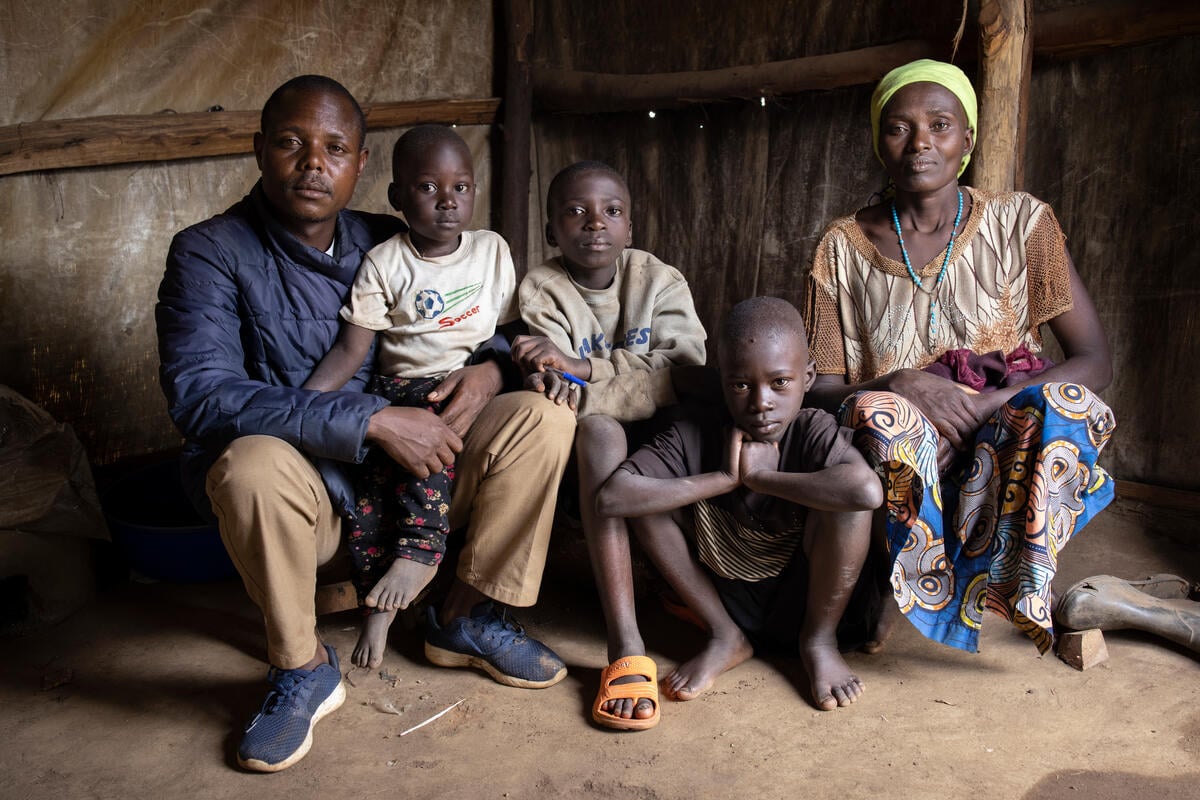Joint statement by the Government of Kenya and the United Nations High Commissioner for Refugees: Dadaab and Kakuma Refugee Camps Roadmap
Joint statement by the Government of Kenya and the United Nations High Commissioner for Refugees: Dadaab and Kakuma Refugee Camps Roadmap

President Uhuru Kenyatta met today with the UN High Commissioner for Refugees Filippo Grandi in Nairobi to discuss issues surrounding refugees and asylum seekers in the region, as well as receive a briefing on the status of Kakuma and Dadaab refugees camps, following the UN High Commissioner for Refugees’ meetings with Cabinet Secretaries Dr. Fred Matiang’i and Amb. Raychelle Omamo.
This meeting comes in the wake of the Government’s communicated intention to work toward the closure of the refugee camps in Kenya. A joint team comprising officials from the Government and the UN agency will therefore be formed to finalize and implement a roadmap on the next steps towards a humane management of refugees in both camps.
The roadmap, which was presented to the Government of Kenya in the beginning of April, includes voluntary return for refugees in safety and dignity, departures to third countries under various arrangements, and alternative stay options in Kenya for certain refugees from East African Community (EAC) countries.
“We are serious about completing the repatriation programme which we started in 2016, in full view of our international obligations and our domestic responsibility. We therefore reiterate our earlier position to close both Dadaab and Kakuma camps by 30 June, 2022,” said Cabinet Secretary Fred Matiang’i.
The Government of Kenya and UNHCR agree that refugee camps are not a long-term solution to forced displacement and are committed to working together to find alternative solutions that are in line with the responsibility sharing principles and goals of the Global Compact on Refugees (GCR).
“I believe that the Government and people of Kenya will continue to show their generous hospitality towards refugees as they have done for nearly three decades, while we carry on discussions on a strategy to find the most durable, appropriate and rights-based solutions for refugees and asylum-seekers residing in the refugee camps in Dadaab and Kakuma,” said the UN High Commissioner.
“Closure of the camps must be seen as an aspiration. We are not chasing people away, but a camp is not a permanent thing. It is a place of limbo. No one should live in a place of uncertainty or indignity generation after generation. What we are now working on is how to achieve this cooperatively which is in line with Global Compact on Refugees,” said Foreign Affairs Cabinet Secretary Amb. Raychelle Omamo.
High Commissioner Grandi welcomed the government’s continued commitment to the GCR during this process. “I am reassured by the government’s assurances that they will continue to provide protection and services for asylum-seekers and refugees in Kenya while various solutions are pursued.”
Among the precursory activities contained in the government’s roadmap is a unanimous resolution that was recently endorsed by ambassadors and representatives from East African countries which have a mutual diplomatic relationship with Kenya when they met a delegation led by Interior Cabinet Secretary, Dr. Fred Matiang’i.
“Refugees from East African countries will be given the option of being issued a work permit for free so that they can integrate into Kenyan communities or return to their country of origin,’’ said Dr. Matiang’i.
Digital verification of Kenyans currently also registered as refugees is set to begin in due course. This will inform the issuance of appropriate documentation to Kenyan citizens and ensure their removal from the refugee database.
Kenya has shouldered the burden of sheltering refugees for almost three decades, and the swelling camps have overstretched their capacity to host populations. The government has also expressed grave concerns over the security of both Kenyans and refugees at the camp.
There are currently 433,765 refugees living in Dadaab and Kakuma camps.









